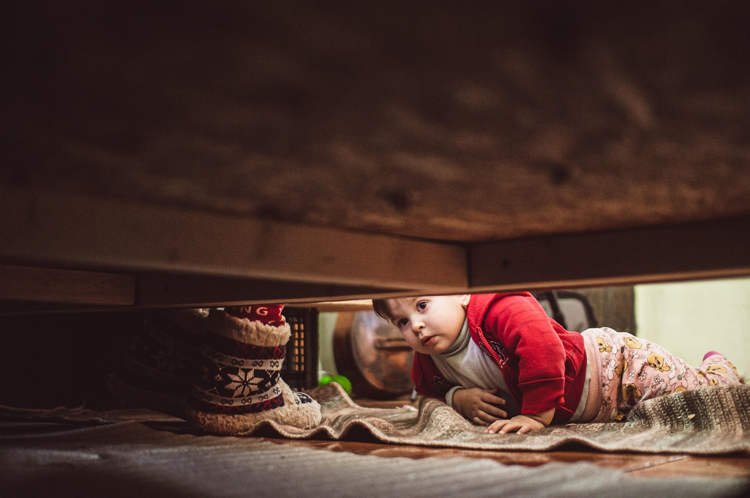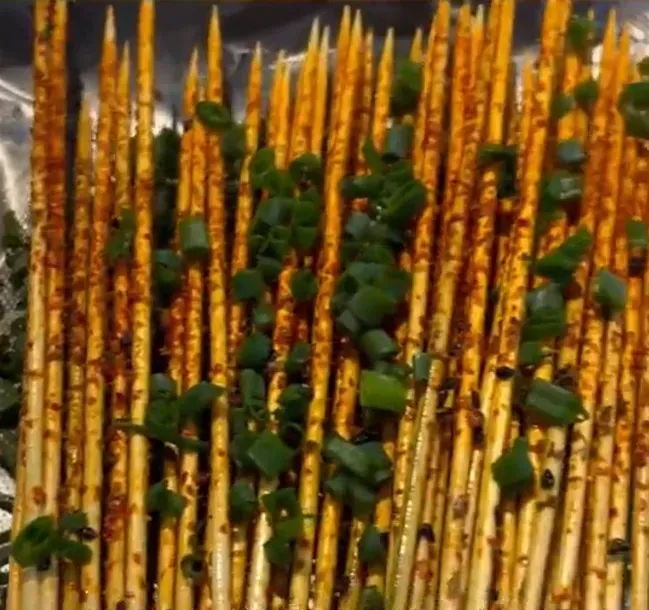At Java Girls, you don’t just get hot coffee, you get it served by hot women too. And to top it all off, they’re wearing nothing but bikinis and boots. I guess there couldn’t be a better way for men to kick-start their mornings. Java Girl’s latest franchise opened in Orlando last November, although the concept has been around since the early 2000s. Other branches are located in Oregon and Texas.
The Orlando franchise of Java Girls is co-owned by Todd and Bill Brognano, and thought to be the only bikini coffee shop located in central Florida. The shop employs only women, who come dressed to work in either bikinis or lingerie. So it’s not unusual here to spot a woman dressed in a two-piece, brewing espressos, lattes and frappucinos. And the girls don’t mind it one bit. “We like showing off what we got,” says 20-year-old Java Girl Belinda Messer. When they aren’t making coffee, the girls make it a point to stand outside the shop and entice passengers to a cup of coffee. They hold up signs like, “Now Open Extra HOT Coffee Spot.”





















